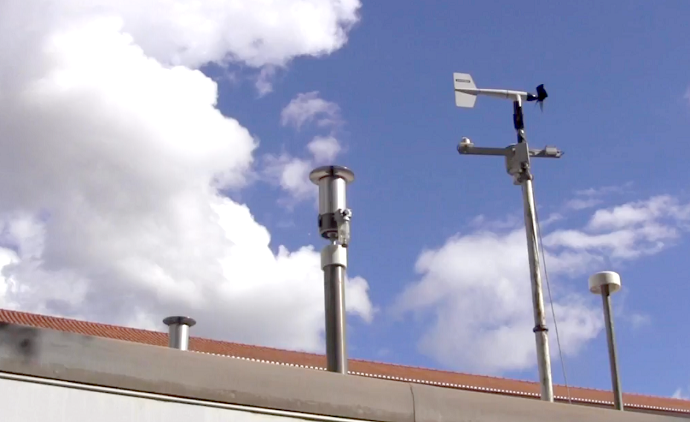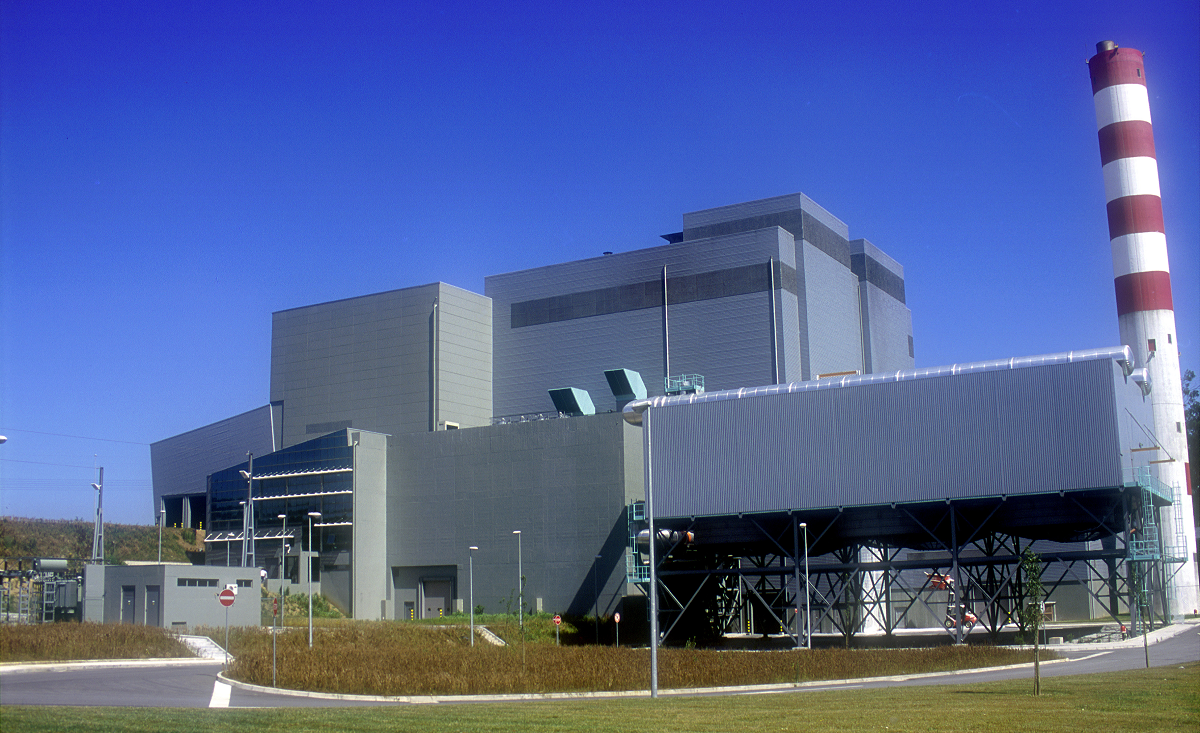We value waste that would end up in a Landfill.
Energy Recovery Plant
At the Energy Recovery Center, located in Maia, we receive waste that cannot be used for composting and recycling processes, and through a controlled burning process we produce water vapor that will generate electricity in a turbine. By transforming waste into energy, we are able to supply a city on a daily basis.
With two treatment lines that are in continuous operation and almost fully automatic, the plant has a treatment capacity of 380,000 tons per year, processing, on average, about 1,100 tons of waste per day and generating approximately 170,000 MWh of electricity per year. Nearly 90% of the energy produced is introduced in the public grid, which is equivalent to the amount necessary to supply around 150,000 inhabitants.
Internal and External Monitoring
Managing a unit like the Energy Recovery Plant requires permanent supervision and monitoring of its performance. Given the nature of the facility, the challenges and demands that arise daily are even higher.

Thus, monitoring the Plant's performance and emission levels, whether in terms of production or the environment impacts, has always been one of our priorities, which is why the External Monitoring Program was established. Developed by a team of researchers from the Universities of Aveiro, Lisbon, and Porto, it evaluates and monitors the impact of the LIPOR II complex on its surroundings, encompassing a wide range of environmental descriptors, psychosocial aspects and issues associated with public health.
The External Monitoring Program has three distinct and complementary plans:
- Environmental Monitoring Plan;
- Public Health Monitoring Plan;
- Psychosocial Monitoring Plan.








